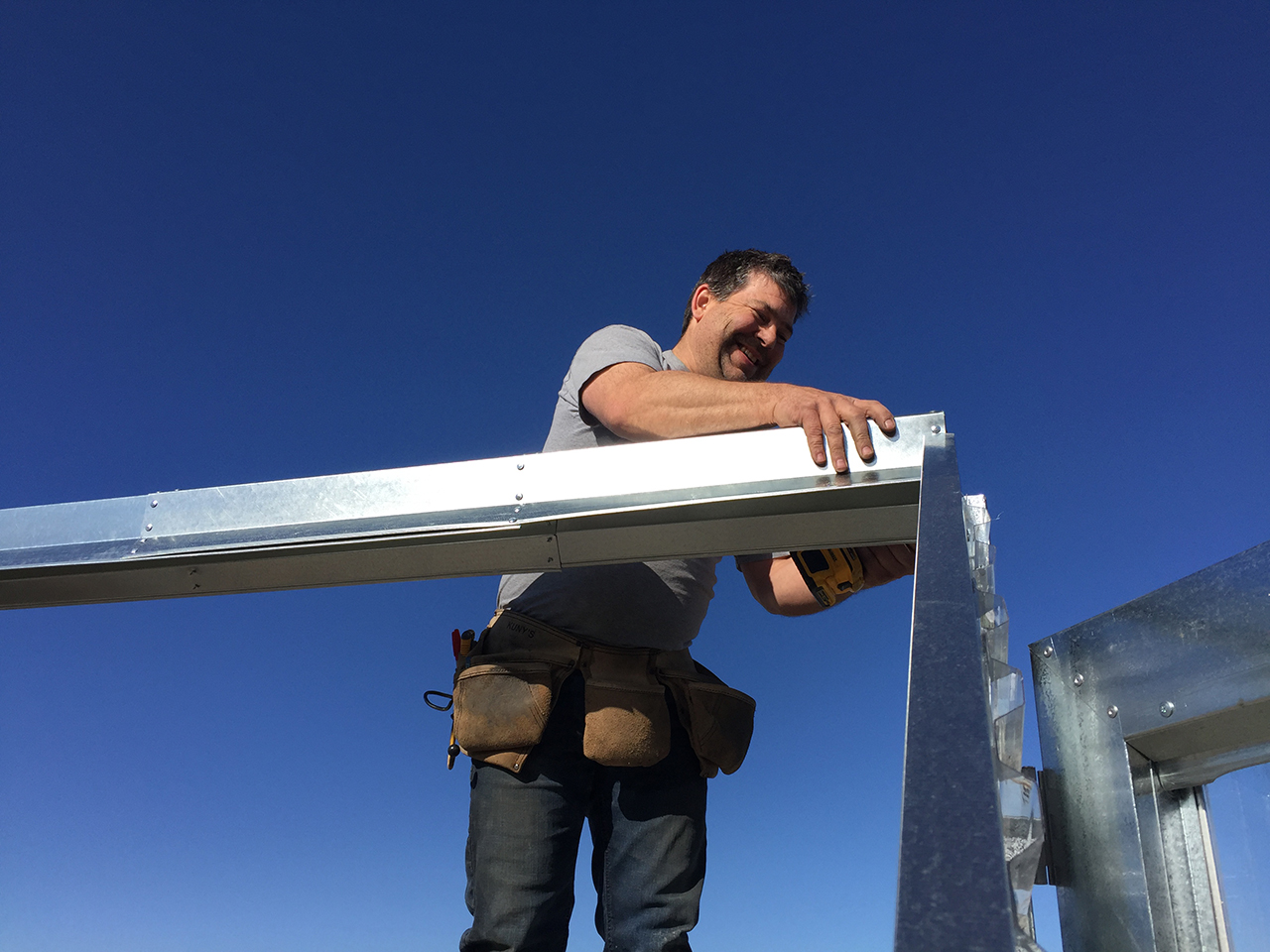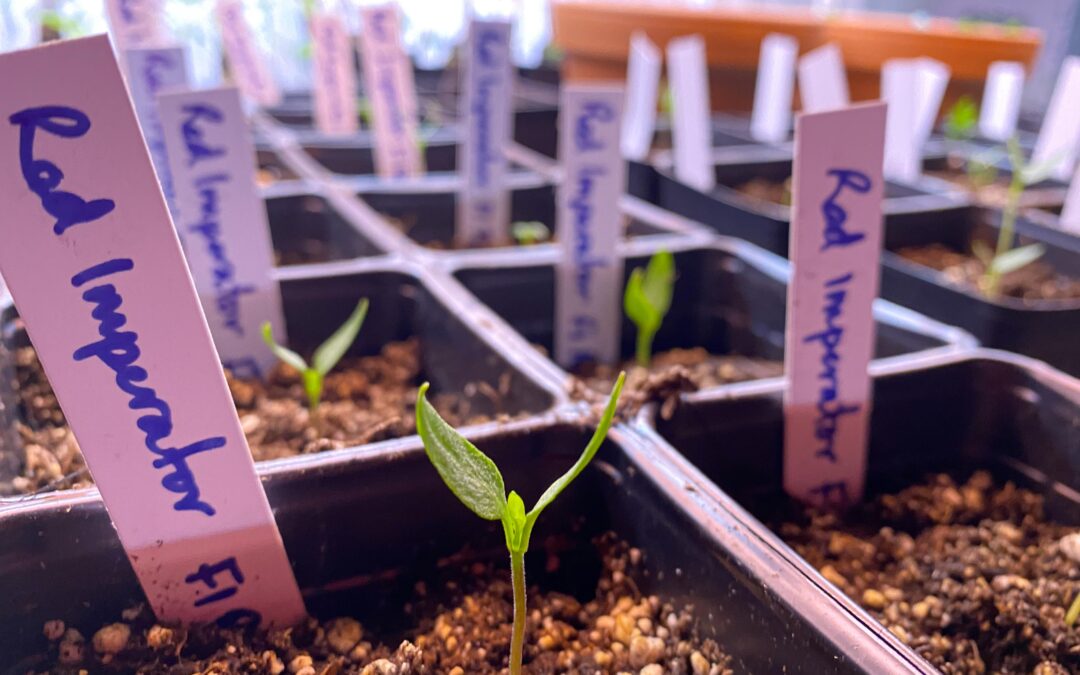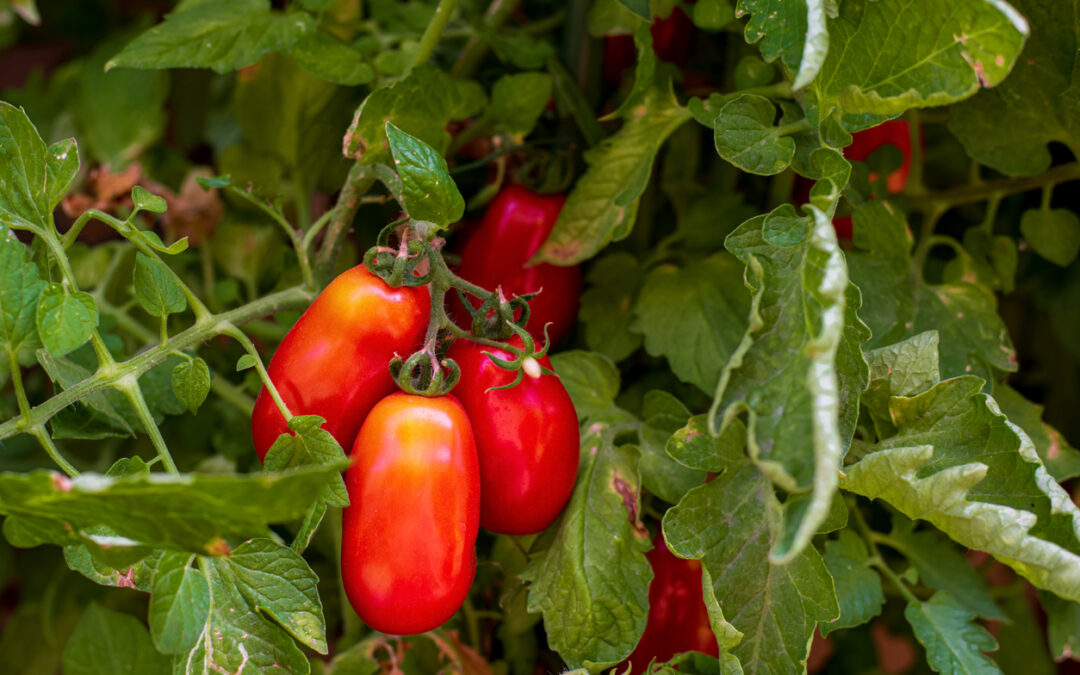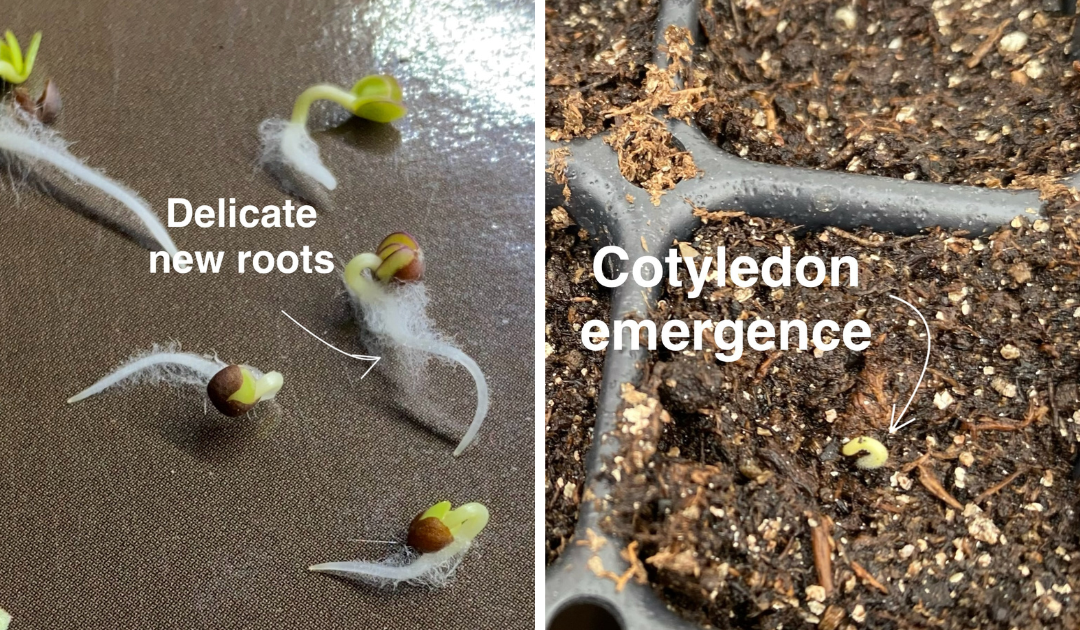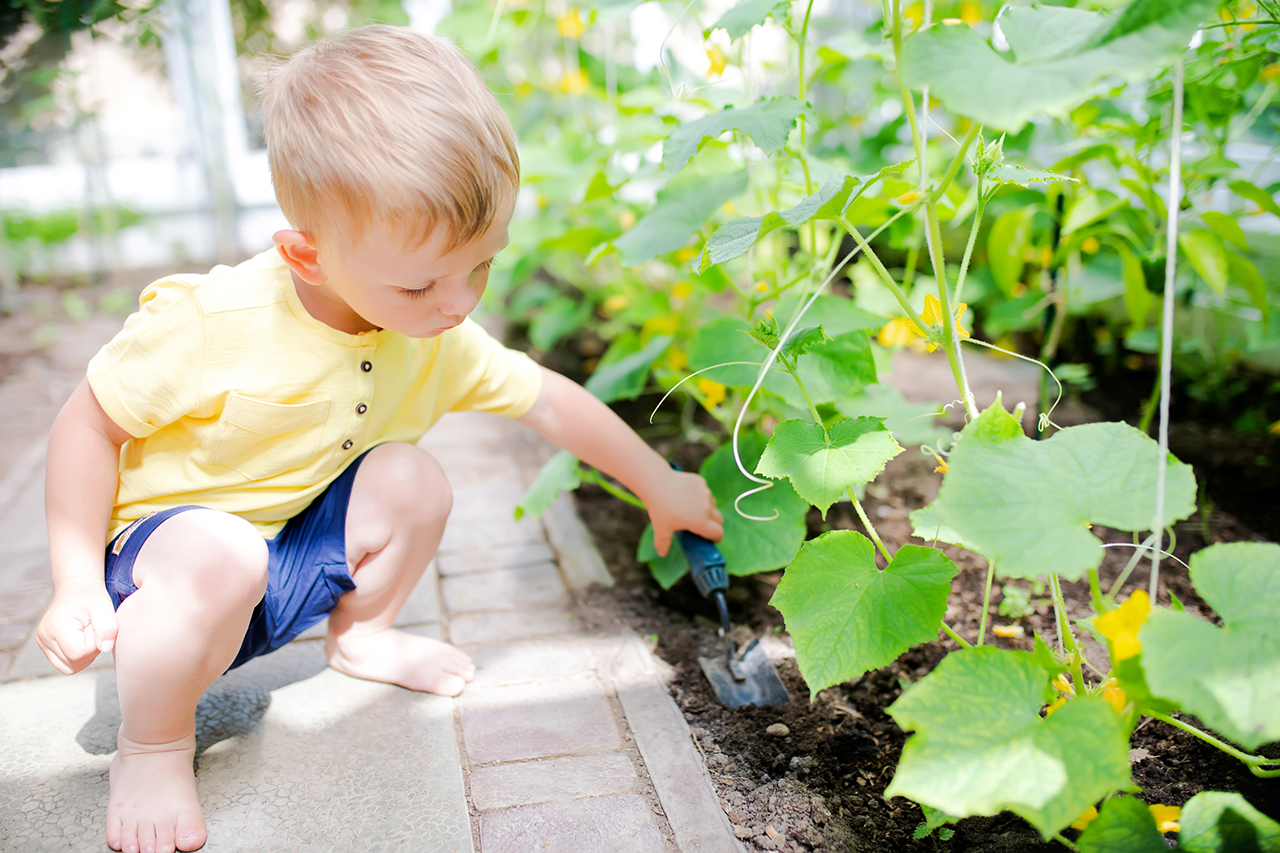
Consider these five things when deciding which greenhouse works best for you.
1. Cost: Start with $/sqft but make sure you are comparing apples to apples here. When it comes down to dollar comparisons, some greenhouses are sturdy, some are flimsy. Some are made of material that will last for a decade or two and some are going to rust or become brittle after being exposed to the weather and temperature extremes we get in the Canadian Prairies.
Ultimately, a true cost assessment is about more than the cost per square foot. What benefit does the investment of a greenhouse bring you? Do you get more pleasure in producing your own food? Has it improved your food access and food security? Does it allow you to grow more cultivars that meet your specific preferences? Does it bring more food variety to your plate? Does it improve your mental health, your nutrition, and your physical health through activity? These are all important contributions to our long-term quality of life.
2. Quality: Each greenhouse will vary in quality depending on how it was built and the materials used. You’ll find great differences in the sturdiness of the construction material, design, supply and simplicity of installation. Most greenhouses will be built from aluminum, wood, plastic, or steel. Each has their pros and cons with regards to ease of use as a homeowner, resistance to humidity, costs, durability, weight, the ability to carry snow, wind and crop load, and the size of shadow the frame will cast.
Coverings can be glass (expensive, lots of light, fragile to hail, rocks, tree limbs in a wind storm, heavy, long lasting), film poly (easy to install, inexpensive, diffuses light, easily supported by light frame, will break down in UV and temperature extremes so will need to be replaced every 2 or 3 years), or rigid polycarbonate (light, needs some power tools for installation, good light penetration, last many years, hail resistant, susceptible to scratching, middle of the road on cost, some varieties provide reasonable energy efficiency – especially the twin wall that have a few millimetres of space between the layers)
3. Availability: Look at local suppliers. What is available to you? Can you easily get help with parts and repairs or do you have to buy new components each time you need to fix something?
4. Customer Service: If you do encounter a problem at some point, how easy is it to contact your supplier and get the help you need?
5. Local Economy: Last but not least, consider how your purchase can support a local family business and support long-term strength in our community’s economy. Companies like ours have relationships with other local businesses. We all support each other. Business studies consistently show that every dollar spent at a local business leads to four times the amount of jobs, income, wealth, tax and charitable support compared with money spent at international or chain firms. (As reported here, here and here).
At My Own Greenhouse, we are proud to make a high-quality greenhouse, and want you to be satisfied, and happy, with our product. We guarantee our craftsmanship, and you will always get either Loren or Cynthia on the other end of the line when you have a question or a concern. We are fellow Albertans that you can depend on.
